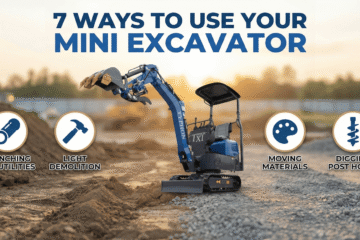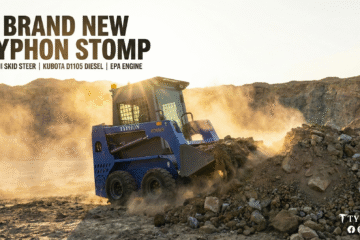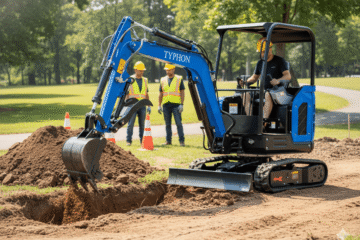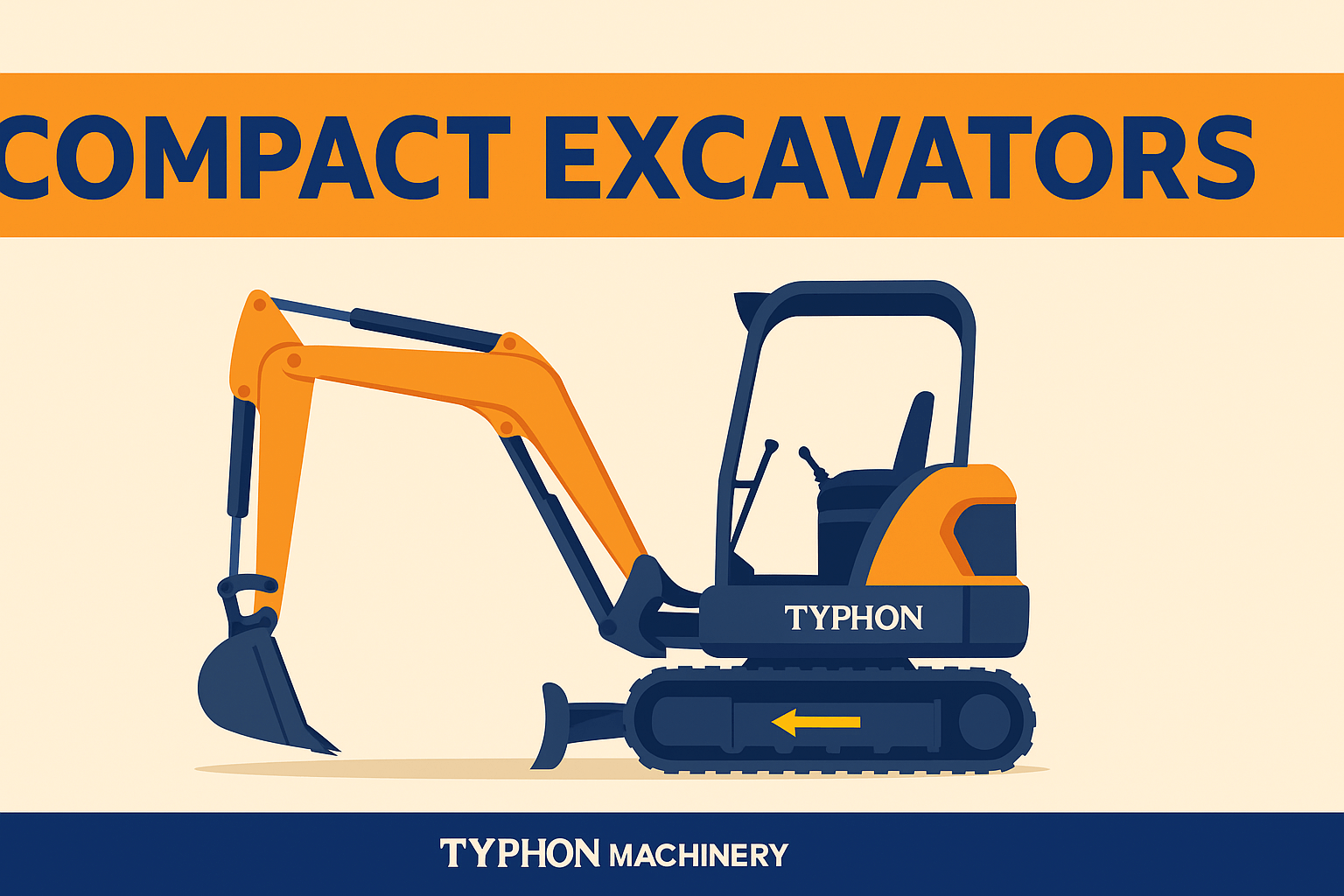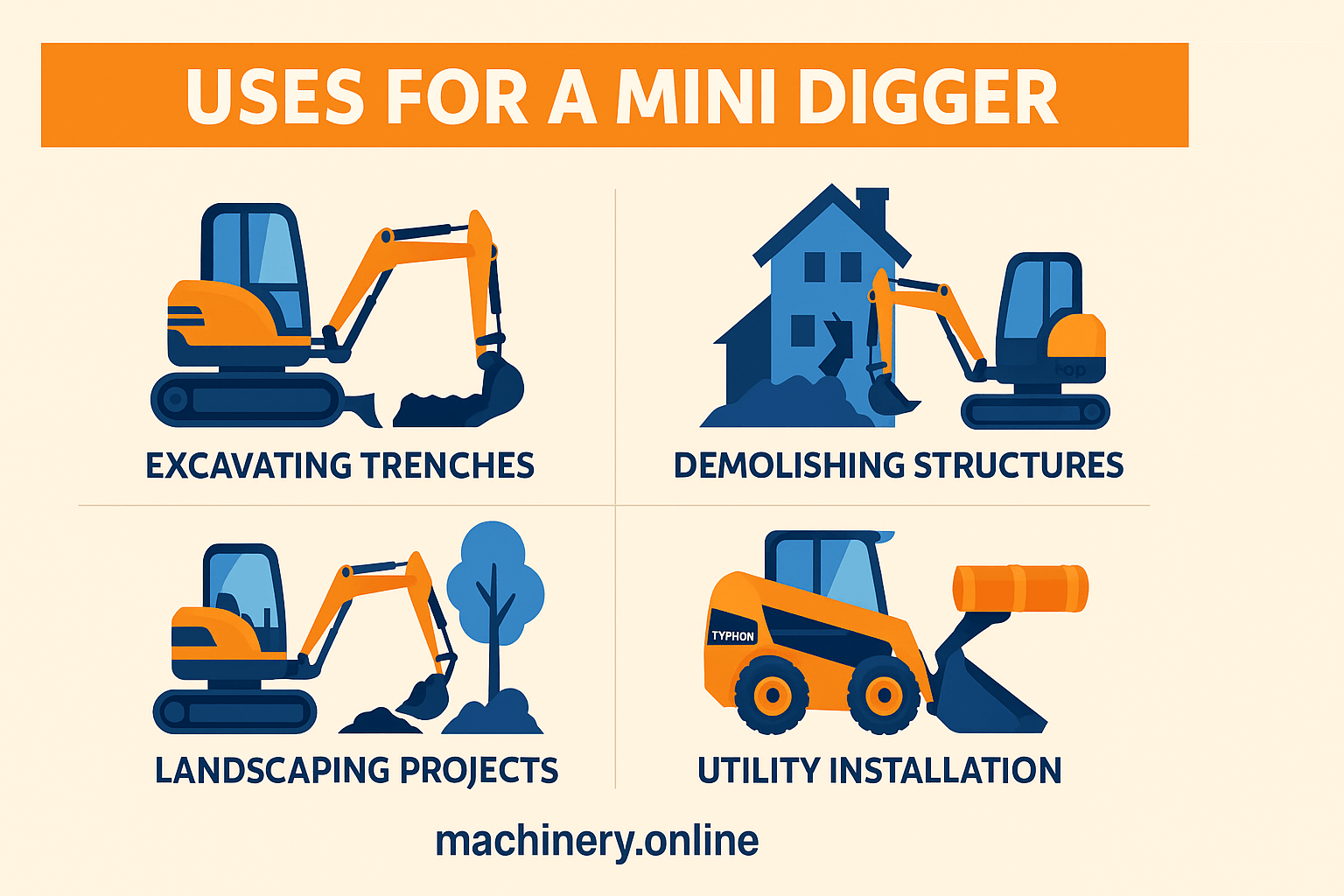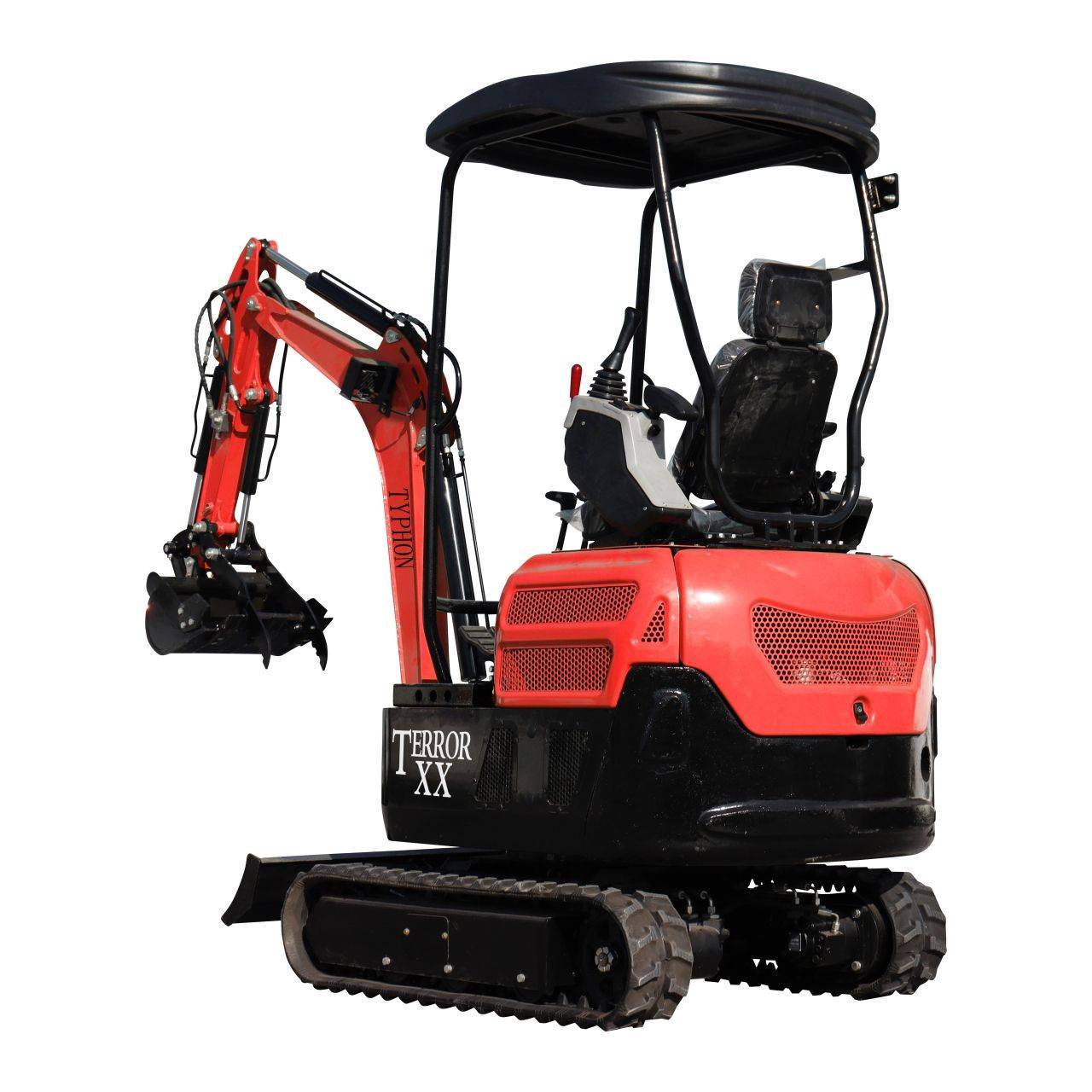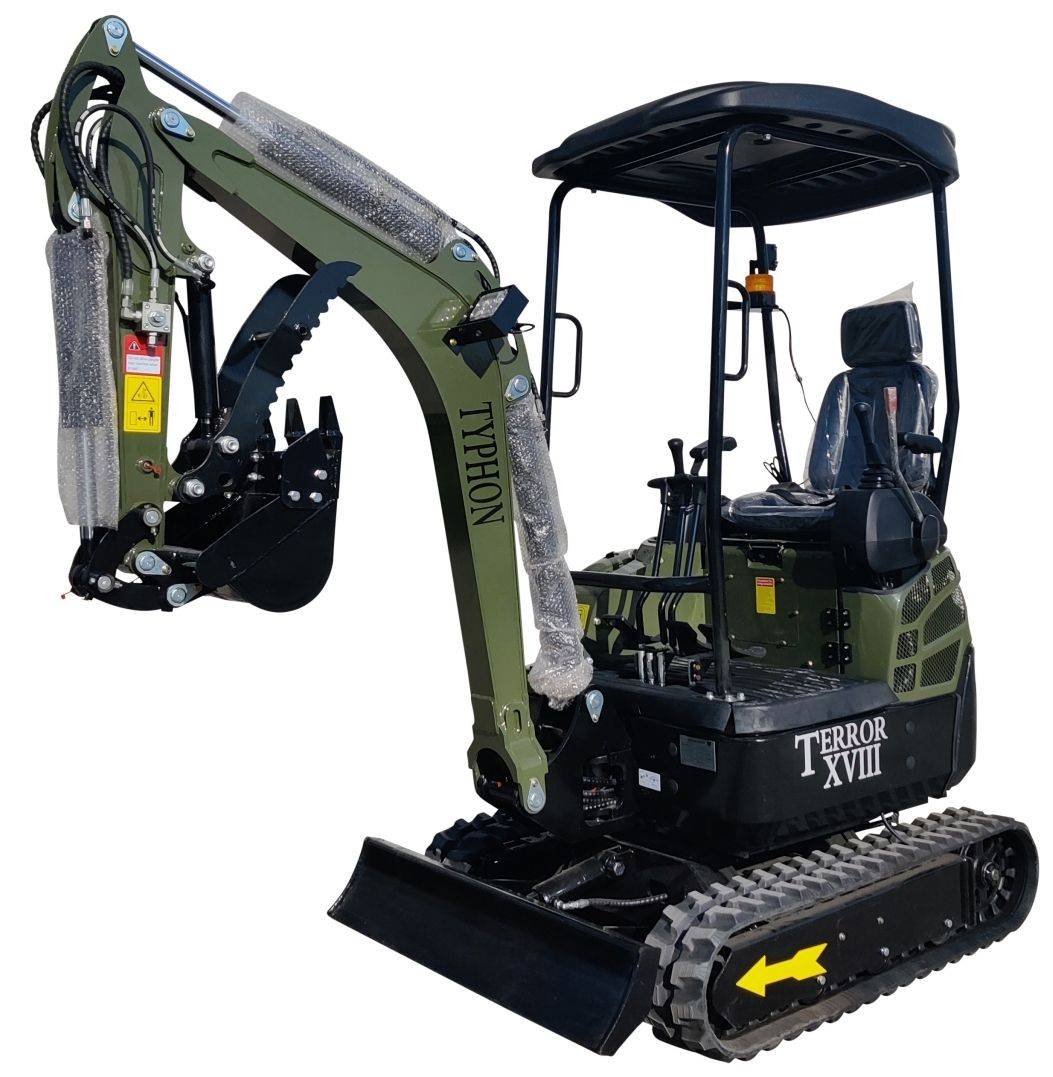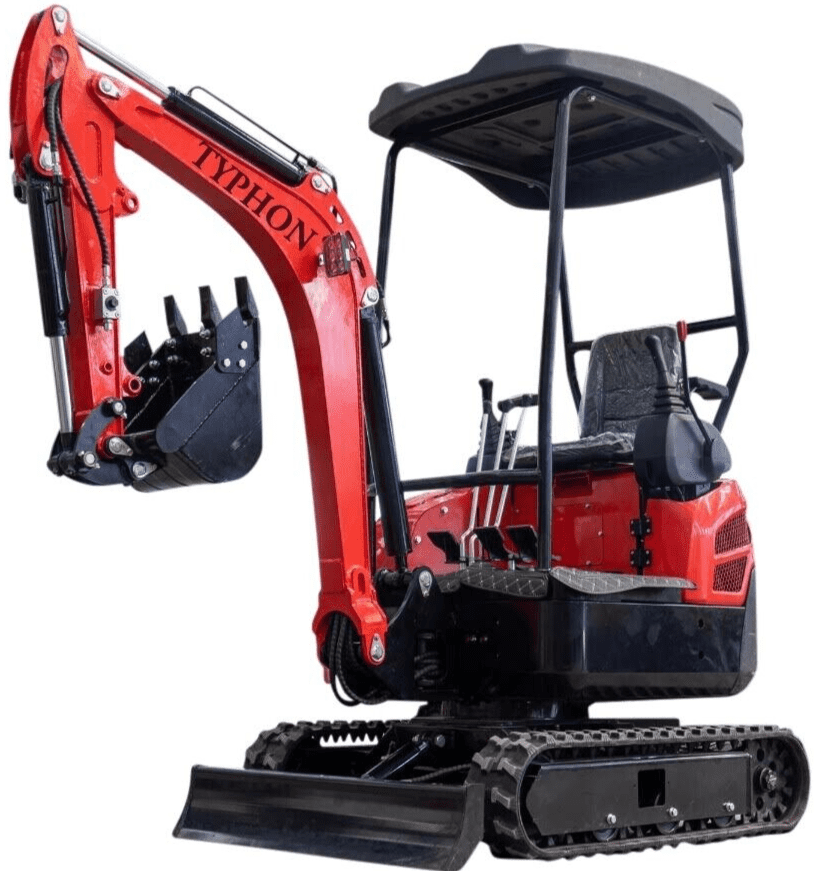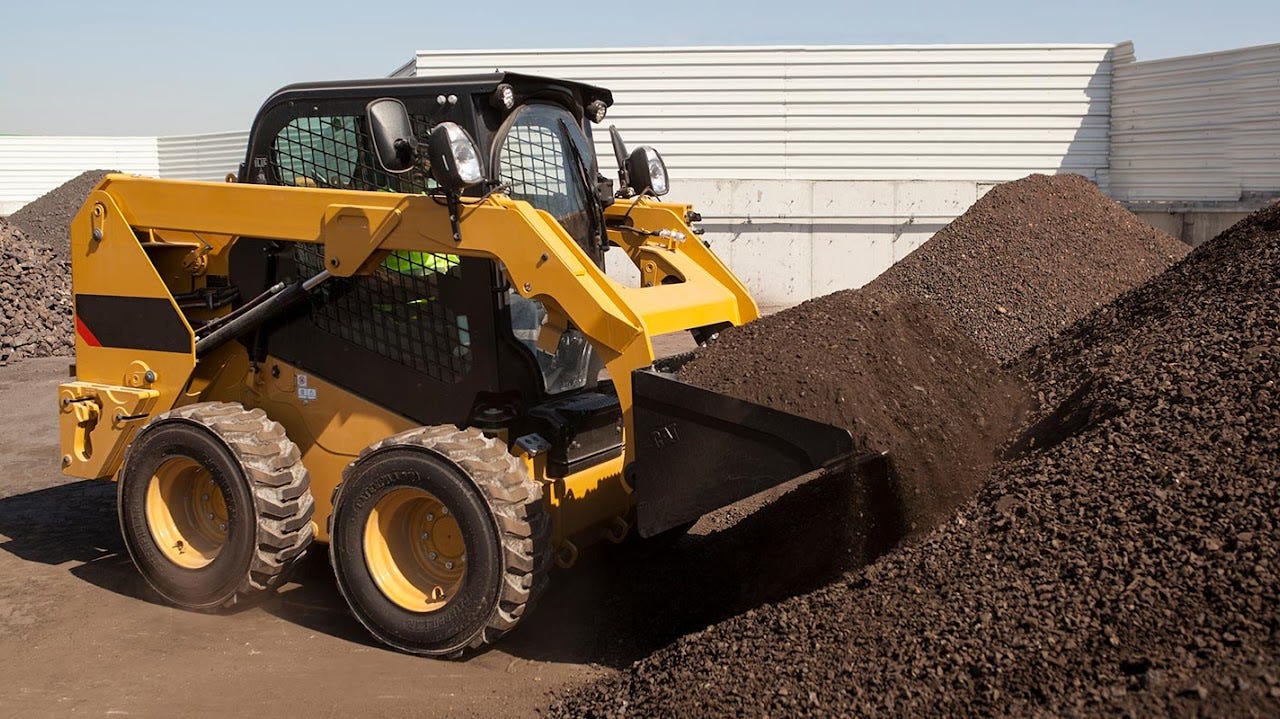
11 things to consider when buying a skid steer loader
Skid steer loaders are versatile machines designed to increase productivity in a variety of applications, including material handling, roadwork, landscaping, earthmoving, and snow removal. With a plethora of models and options available, selecting the ideal skid steer for your needs can be daunting. This guide outlines the key considerations to help you make an informed decision.
Understanding Your Application Needs
What Type of Applications Will You Be Using Your Skid Steer For?
The first step in choosing the right skid steer is to identify the primary applications. Whether you need a larger machine for heavy-duty tasks or a smaller one for maneuvering in tight spaces, understanding your specific requirements will guide your choice in size and performance.
Determining the Right Rated Operating Capacity (ROC)
What Kind of Rated Operating Capacity Do You Need?
The ROC is a critical factor that describes the load a skid steer can safely lift without tipping. To determine the ROC, manufacturers measure the tipping load with a fully extended and weighted bucket, then halve this weight. Ensure the skid steer’s ROC matches or exceeds the typical lift weight for your tasks.
Choosing Between Vertical Lift and Radial Lift
Do You Need a Vertical Lift or Radial Lift Arrangement?
The lift arrangement impacts the skid steer’s performance in different tasks. Operators who focus on grading and dirt work often prefer radial lift designs for their superior breakout and lift arm forces. Conversely, those involved in load and carry tasks benefit from the vertical lift’s higher ROC and better reach at full dump height.
Selecting the Right Attachments
What Type of Attachments Will Be Used With the Skid Steer?
Consider both short-term and long-term attachment needs. Larger models with engines over 75 horsepower typically offer higher hydraulic performance, making them suitable for driving larger attachments. Mid-sized loaders provide versatility, supporting a broad range of hydraulically driven attachments and enhancing the machine’s value.
Skid Steer vs. Compact Track Loader
Which Is Better for Your Needs: A Skid Steer or a Compact Track Loader?
While compact track loaders have gained popularity, skid steers remain valuable for multipurpose use on construction sites. Skid steers are ideal for improved surfaces, whereas compact track loaders excel in low ground pressure situations and varied terrain. Assess your typical work environment to choose the most suitable machine.
Learn More: Proper Excavator Maintenance for Optimal Performance and Longevity
Considering Operator Comfort
Which Cab Features Will Keep the Operator Productive?
Cab comfort is essential for productivity. Decide whether a closed cab with heating and air conditioning is necessary or if an open cab will suffice. Features like excellent sightlines, backup cameras, and sensors enhance safety and efficiency.
Evaluating Efficiency-Enhancing Features
Does the Skid Steer Have Features That Increase Efficiency for Frequent Tasks?
Look for features such as dual-direction self-leveling for material handling, return-to-dig for truck loading cycles, and creep speed control for precision tasks with attachments like brooms and trenchers. These features can significantly boost productivity.
Assessing Size and Transport Requirements
Do You Have Any Size Job Site Restrictions?
For tight or confined spaces, small-framed skid steers are ideal due to their maneuverability. For general construction, mid-sized skid steers offer a balance of power and versatility. For heavy-duty applications, large-frame skid steers are preferable.
What Are the Transportation Requirements?
Ensure your transport vehicles and ramps can handle the skid steer’s weight. Avoid wooden ramps to prevent accidents. Verify that your towing capacity aligns with the skid steer’s specifications.
Considering Maintenance Needs
What Are the Maintenance Requirements for the Skid Steer?
Opt for machines that allow easy access to daily service and routine maintenance items. Features like accessible engine oil fill points, straightforward filter replacements, and minimal need for disassembly can reduce downtime and keep the skid steer performing optimally.
Learn More: Leading Brands in Mini and Compact Excavators: A Comparative Overview
Conclusion
Choosing the right skid steer loader involves careful consideration of your specific needs, from application type and ROC to attachment compatibility and operator comfort. By evaluating these factors, you can select a machine that enhances productivity and efficiency for your fleet. For more detailed guidance and to explore our range of skid steer loaders, visit Machinery Online today.

